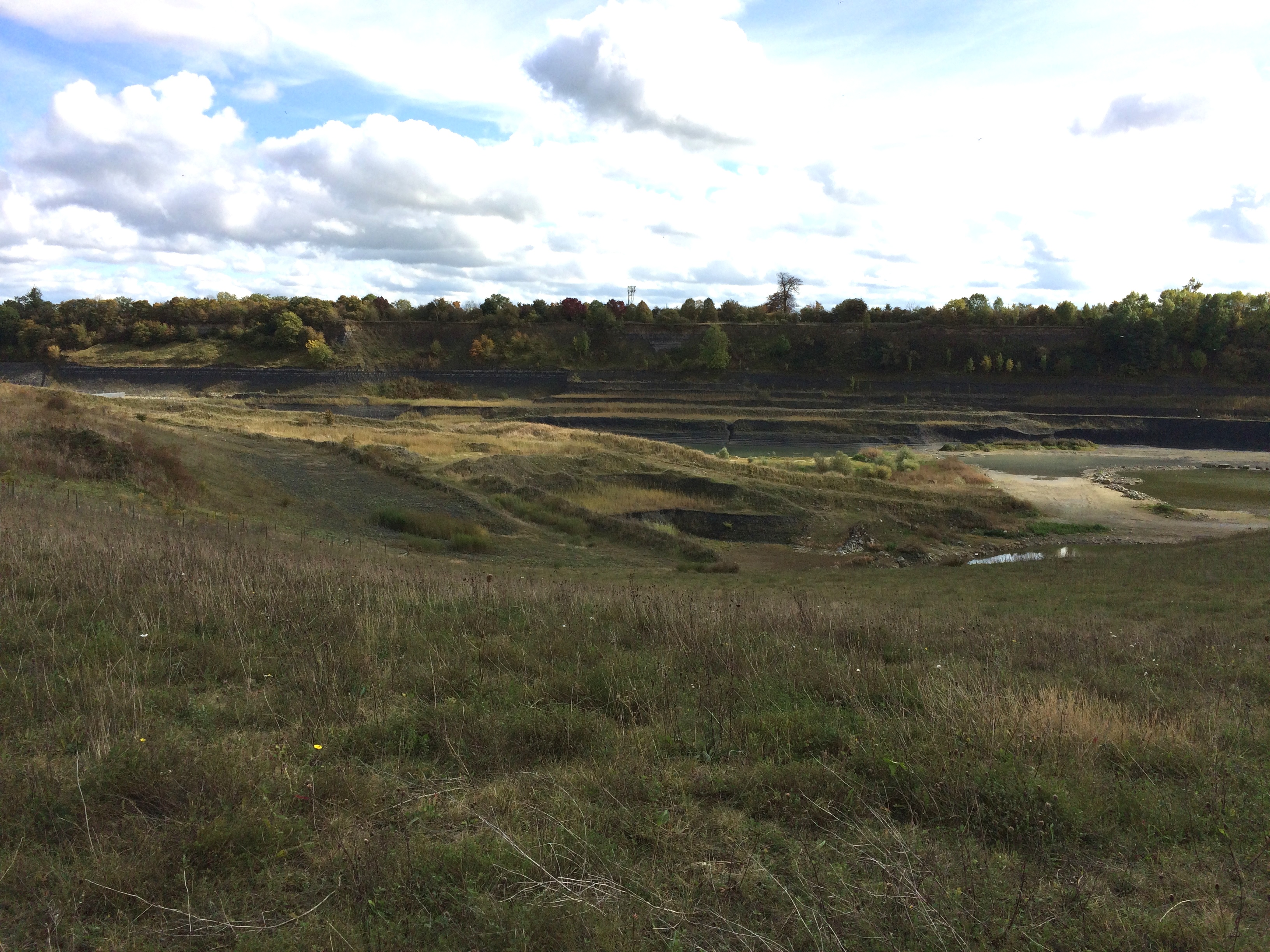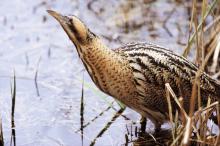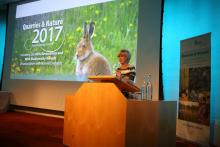
Working in partnership
Originally planned to take a decade, the partnership has achieved its target in just eight years, with sites already providing homes to almost 50 species of birds that conservationists have identified as at risk of being lost in the UK.
In addition to providing urgently-needed new habitat for threatened species the former quarry sites are also attracting nature lovers and conservationists, with over 750,000 visitors enjoying the sites that are already open to the public
This month the restoration of Hopwas Quarry, near Tamworth, central England, marks the completion of the ambitious project to create the 1,000 hectares of land for wildlife from the former quarry sites.
In 2010 building materials company Cemex and the UK’s largest conservation charity, the RSPB, made a commitment to create the area of priority habitats, a combined area of land over twice as big as the 2012 Olympic Park in London.
As a priority habitat, special attention was paid to restoring the land in such a way that would make it appealing and suitable for some of the UK’s most threatened species. The restoration has included 50 sites across England, Scotland and Wales and has created a diverse range of much needed habitats to encourage nature to return.
The 1,000 hectares has resulted in a diverse range of habitats, including nearly 600 hectares of grasslands; over 177 hectares of woodland; 100 hectares of heathland, and 190 hectares of ponds and open water.
The work of specialists at the RSPB and Cemex has successfully transformed these sites, which are already providing homes for 46 threatened species of bird, including twites, choughs and turtle doves.
The sites area also creating homes for other rare species such as otters, red squirrels and water voles along with plants, amphibians and more.
And as each site matures it will act as an important haven for more species.
Martin Harper, the RSPB’s director of conservation said: “Nature is in trouble and but by restoring or creating habitats we can often reverse the population declines of threatened species while keeping common species common.
“We all have a role to play in rising to this challenge: government, business and civil society. In 2010 the RSPB and Cemex set an ambitious goal of restoring 1,000 hectares of land over a decade and in less than eight years we have met that target.
“Working in partnership with Cemex we have shown how land can be transformed from being an active quarry into a vibrant home for wildlife and we hope that our experience inspires others to play their part in restoring nature.”
Andy Spencer, Director of Sustainability, Cemex UK said: “The partnership with the RSPB has enabled us to enhance the natural environment surrounding our operations.
“While supplying our customers with concrete, cement, sand and stone we also aim to balance the needs of operations with the protection and enhancement of the natural world. The RSPB has been pivotal in helping us to achieve this aim.
“The 1000th hectare that has just been created is a significant and outstanding milestone and our partnership to date has helped create some amazing places for communities and nature.”
The first hectare to benefit from the partnership in 2010 was Eversley Quarry in county Hampshire, southern England, where, over the years, a mosaic of different habitats has been created alongside community sports facilities.
And work is now underway on the 1,000th hectare at Hopwas quarry, an exhausted sand and gravel quarry. Heather cuttings containing seeds and other flora from the neighbouring Site of











